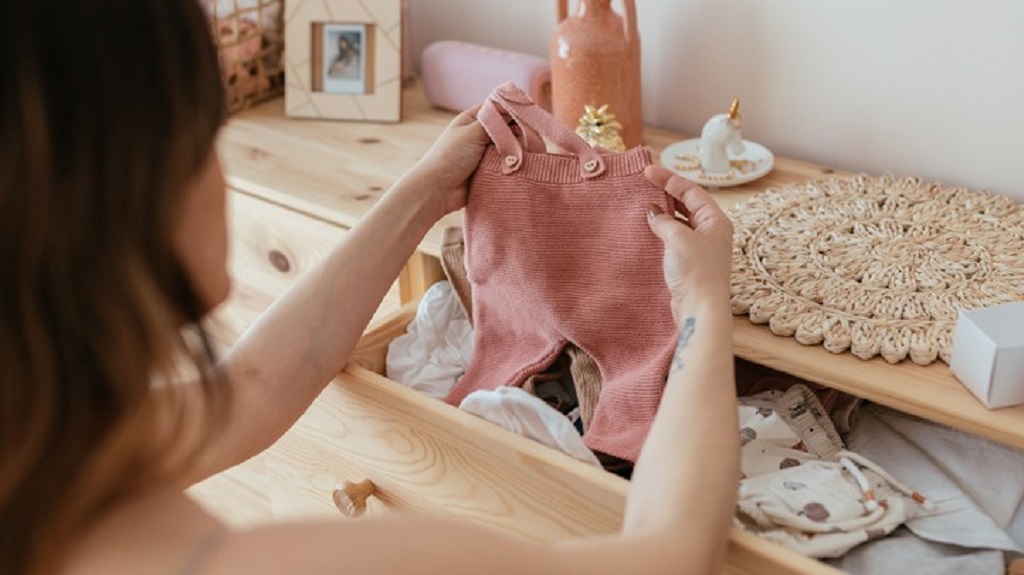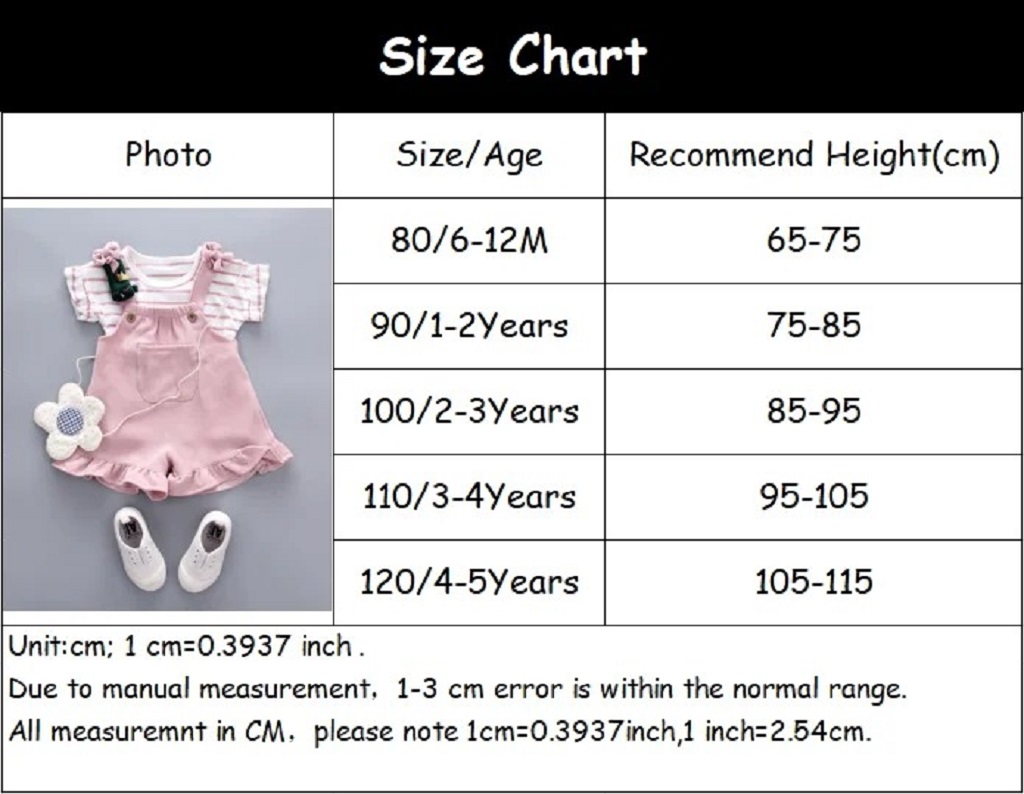Buying a Laptop
June 8, 2025What Is Meant by Clinical Observations?
June 17, 2025Understanding baby clothing sizes can feel like decoding a foreign language. One moment your baby fits perfectly in 74, and the next, they’re suddenly ready for size 80. But what exactly is size 80 in baby clothes, and how does it relate to your child’s age, weight, and height?
Here’s everything you need to know, backed by real insights, expert advice, and actual size charts to help make shopping for your little one a stress-free experience.
Table of Contents
ToggleWhat Does Size 80 in Baby Clothes Mean?
In most international sizing charts—especially in European and Asian markets—size 80 typically fits babies aged 9 to 12 months, or even up to 18 months depending on their build. This size corresponds to a baby who is approximately 30 to 32 inches tall (75-82 cm).
Unlike adult sizing, baby clothing is primarily based on height in centimeters, not just age or weight. That’s why a size 80 doesn’t mean the same thing for every child. According to the World Health Organization (WHO), the average height of a 12-month-old baby is about 76.1 cm (boys) and 74 cm (girls)—putting many babies right around the size 80 mark by their first birthday.
Real-Life Example: Does Your Baby Really Fit Size 80?
Imagine a baby girl, 10 months old, measuring 77 cm in height and weighing 10 kg. Most parents might instinctively buy size 74 (because she’s under 12 months), but she would actually be more comfortable in size 80.
That’s because baby clothes should offer room to move, stretch, and grow, especially as babies start crawling and walking. Tight clothes restrict development and comfort. When in doubt, always size up—especially if your baby is tracking above the 50th percentile in growth charts.
Why Baby Clothing Sizes Differ by Brand
It’s worth noting that size 80 can vary slightly across brands and countries. For instance:
- Carter’s (USA): Size 12M generally fits 28.5–30.5 inches, so their 18M size aligns more closely with size 80.
- H&M (Europe): Size 80 is designed for babies 9–12 months and 30–32 inches tall.
- Zara Baby: Their 9-12M size aligns closely with 74–80 cm in height.
Always check the brand’s sizing chart. One size in one brand might run small or large compared to another. Reviews from parents often reveal whether a brand’s clothing runs “true to size” or not.
Key Sizing Tips from Pediatric Experts
According to pediatricians, tight clothing can cause overheating and skin irritation in infants. Dr. Tanya Altmann, a leading pediatrician and author, recommends that parents choose clothing that allows airflow and has enough room for diapers and liners.
Clothing should always be:
- Easy to put on and take off
- Loose enough around the waist and shoulders
- Made of breathable, stretchy fabric like cotton blends
Babies grow an average of 1.5 to 2.5 cm per month during their first year. That means you’ll probably need to upsize baby clothes every 2 to 3 months.
Expert Tip: Measure Your Baby, Don’t Guess
To make sure you’re buying the right size:
- Use a baby length measuring mat or a soft tape measure while your baby lies flat.
- Measure from the top of the head to the heel.
- Check both height and weight against brand-specific sizing charts.
Online shopping is convenient, but knowing your baby’s current size ensures fewer returns and more satisfaction. Check retailers like Baby Gap or Carter’s for updated size charts.
Featured Snippet: What Is Size 80 in Baby Clothes?
Q: What size is 80 in baby clothes, and what age does it fit?
Size 80 in baby clothes typically fits babies aged 9 to 12 months, with a height range of 30 to 32 inches. However, every baby grows differently. Brands like H&M, Zara, and Carter’s use varying metrics, so checking the brand’s specific size chart is essential. Most babies fit into size 80 by their first birthday. If your baby is growing faster than average, you may reach this size as early as 9 months.
Pro Tip: Always go by height, not age. Babies between 74–82 cm tall will generally fit size 80 best.
Common Baby Size Conversion Table
| Baby Size | Height (cm) | Age (approx) |
| 50 | 44–50 | Newborn |
| 56 | 51–56 | 0–1 month |
| 62 | 57–62 | 2–3 months |
| 68 | 63–68 | 4–6 months |
| 74 | 69–74 | 6–9 months |
| 80 | 75–82 | 9–12 months |
| 86 | 83–86 | 12–18 months |
Frequently Asked Questions (FAQs)
Is size 80 for a 1-year-old baby?
Yes, most 1-year-olds will fit into size 80, especially if they’re average or slightly above average in height.
Can a 6-month-old wear size 80?
Only if your baby is in the top 10% for height. Most 6-month-olds fit better in size 68 or 74.
What’s the US equivalent of size 80?
Size 80 is roughly equal to 12–18 months in U.S. sizing, depending on the brand.
Should I size up or down if my baby is in between?
Always size up. Babies grow fast, and a looser fit is more comfortable.
Does baby size 80 fit toddlers?
No, size 80 is still in the infant category. Toddlers usually start around size 86 or 92.
Are baby clothing sizes universal?
Not really. EU, US, and Asian brands follow different sizing systems. Always use the size chart.
How many clothes should I buy in size 80?
Start with 6-8 onesies, 4 sleepers, and a few seasonal pieces. Babies this age may change clothes twice daily.
Read More Also: Crafting Your Own Unique Shrinky Dink Earrings
Final Thought
Sizing up your baby’s wardrobe should never be a guessing game. Size 80 in baby clothes is designed for 9–12-month-old babies, primarily based on height (75–82 cm). As babies grow at different rates, it’s crucial to measure and compare against brand-specific charts.
Choose flexible fabrics, prioritize comfort, and always opt for a slightly larger fit. Armed with this baby clothing size guide, you can now confidently navigate the baby aisle—or online checkout—with ease.
References:


